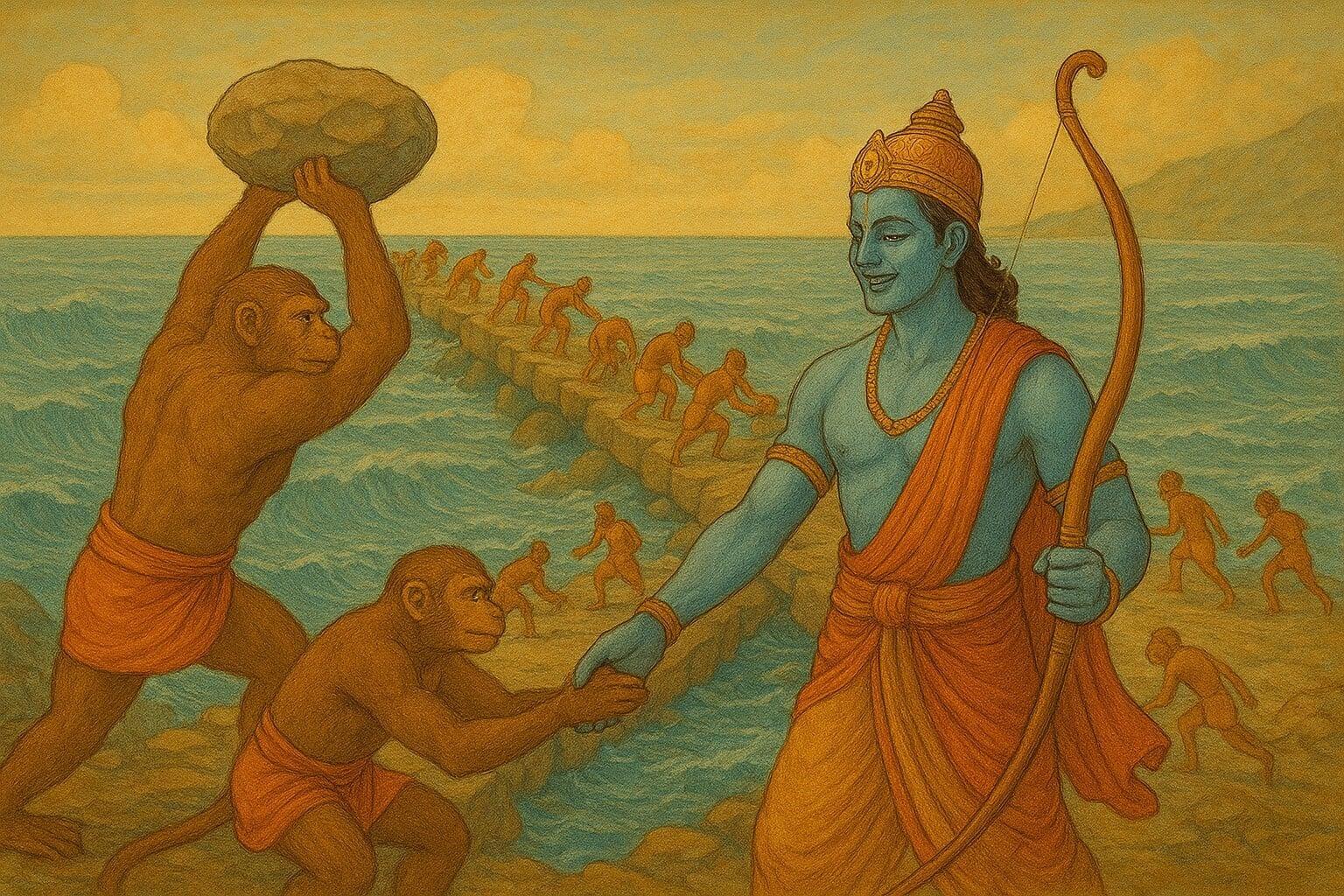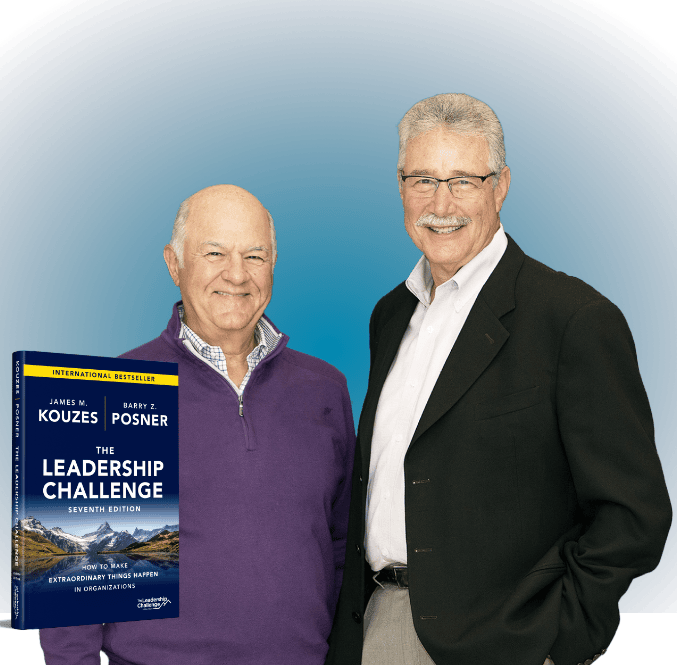Recently I completed the 3rd reading of C. Rajagopalachari’s Ramayana and then followed it up with Srimad Valmiki Ramayana by A.S. Krishnan. As I read through both the books, I was astonished that in this world that is constantly evolving, the essence of leadership remains anchored in values, integrity, and the ability to inspire. While Jim Kouzes and Barry Posner's Five Practices of Exemplary Leadership provide a modern framework for cultivating leadership, ancient epics like The Ramayana offers a profound, time-tested narrative that reflects these principles in action.
Rama, the central figure of The Ramayana, exemplifies these very ideals, making him not just a divine incarnation, but a blueprint for ethical and effective leadership. In this article, I explore Rama’s leadership journey through the lens of Kouzes and Posner’s Five Practices and their Ten Commitments.
Rama lived by dharma (righteousness), never wavering in his commitment to truth and duty. Whether it was choosing exile over the throne to uphold his father's word or respecting the counsel of sages, Rama's actions mirrored his values. He did not just speak of integrity - he embodied it, setting a consistent example for his followers.
Let’s position that against Kouzes and Posner’s 1st practice of Exemplary Leadership - Model the Way.
Model the way is about
- Clarifying values by finding your voice and affirming shared values
- Setting the example by aligning actions with shared values.
A leader's values must be visible in their actions. Rama’s steadfast adherence to dharma illustrates how modeling behavior can inspire unwavering trust and loyalty.
The 2nd practice is Inspire a Shared Vision wherein Kouzes and Posner emphasize the Leadership Commitments of
- Envisioning the future by imagining exciting and ennobling possibilities
- Enlisting others in a common vision by appealing to shared aspirations.
Rama inspired a vision of a just and harmonious kingdom. His rule - Rama Rajya - became symbolic of an ideal society where justice, equality, and peace prevailed. He led with empathy and vision, gathering allies from across diverse lands, uniting humans, vanaras (monkeys), and even rakshasas (demons) under a shared cause.
Great leaders paint a vision that transcends differences and unites people. Rama’s ability to inspire and galvanize diverse beings demonstrates how shared purpose fosters unity and motivation.
Those of us who have travelled to Danushkodi, in Tamilnadu will know about the formation called Adam’s bridge. Ramayana tells the story of how the Vanara (monkey) army built a legendary bridge that enabled Rama’s army to march across to Lanka. Whether Adam’s bridge is the same as Rama’s bridge has been the subject matter of court cases and movies as well. Whether he was navigating forests, or battling Ravana’s powerful army, Rama embraced challenges not as obstacles but as opportunities for growth and innovation. Each step in his journey was marked by adaptability, strategic thinking, and learning.
Kouzes and Posner’s 3rd Practice of Exemplary Leadership - Challenge the Process , is about
- Searching for opportunities by seizing the initiative and looking outward for innovative ways to improve
- Experimenting and taking risks by constantly generating small wins
Visionary leadership requires courage to defy norms and confront adversity. Rama’s willingness to chart new paths showcases the importance of resilience and innovation in leadership.
Rama trusted and empowered his allies - Hanuman, Lakshmana, Sugriva, and Vibhishana. He recognized their strengths, delegated responsibilities, and uplifted them through encouragement. His respect for all, regardless of status, built trust and unity within his ranks.
The 4th practice Enable Others to Act is about
- Fostering collaboration by building trust and facilitating relationships
- Strengthening others by increasing self-determination and developing competence are the commitments related to
Empowerment and trust are cornerstones of effective leadership. Rama’s ability to lead by collaboration and elevate others reminds us that leadership is not about command - it’s about connection.
After the battle, Rama did not take sole credit. He acknowledged the bravery of his allies and ensured their efforts were honored. His humility and appreciation fostered loyalty and morale, even in times of hardship. Celebrating success and recognizing contributions strengthens morale and commitment. Rama’s humility and gratitude show that genuine acknowledgment fuels enduring allegiance.
And this was the 5th Practice Encourage the Heart which is about
- Recognizing contributions by showing appreciation for individual excellence
- Celebrating the values and victories by creating a spirit of community.
Rama's leadership, when viewed through Kouzes and Posner’s framework, reveals an ageless alignment between ancient values and contemporary leadership principles. Rama was not only a warrior or a king - he was a servant-leader, embodying humility, vision, courage, collaboration, and compassion.
As leaders in today's complex world, whether in business, community, or personal life, we must strive to walk the path of Rama - balancing ethics with excellence, vision with values, and authority with empathy.
Let Rama’s story remind us that true leadership is not about power, but about purpose. The path of dharma is not an ancient ideal - it is a modern imperative. Step forward. Lead like Rama.

